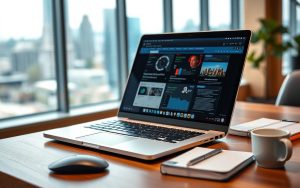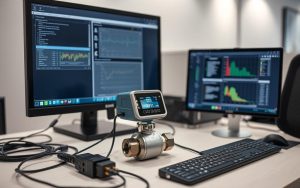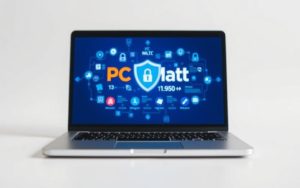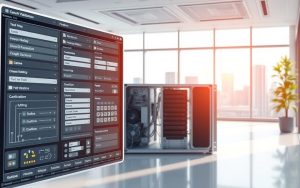Table of Contents
Digital advancements have transformed the way professionals interact with analog devices. Automated solutions now streamline data gathering, minimizing human error and boosting efficiency. This shift is evident across industries, from music production to scientific research.
Centralized systems, like spreadsheets, simplify tracking critical details. Device locations, version histories, and configuration settings become easily accessible. This organized approach saves time and reduces costly mistakes.
Industries relying on precise measurements benefit most from these innovations. Real-time monitoring and automated logging ensure consistent, reliable results. The transition from manual processes to integrated digital workflows marks a significant leap forward.
Introduction to Instrument-Reading Software
Modern technology bridges the gap between analog devices and digital precision. Specialized programs capture signals from physical instruments, transforming them into real-time data. This eliminates guesswork and enhances reliability.
Traditional manual methods rely on human interpretation, which can lead to errors. Automated systems, however, deliver consistent results with minimal intervention. *The difference is like comparing a sundial to an atomic clock.*
These tools connect to devices via USB, Bluetooth, or MIDI interfaces. A computer acts as the hub, processing inputs and storing results. Industries like healthcare and automotive diagnostics rely on this seamless integration.
- Healthcare: Monitors patient vitals with zero lag.
- Automotive: Scans engine performance during tests.
- Music Production: Captures MIDI inputs for studio recordings.
For example, a spreadsheet can track device versions and installations. This centralized approach ensures all team members access updated information instantly. No more sifting through paper logs or outdated files.
Essential Software Tools for Reading Instruments
Precision-driven industries demand tools that deliver flawless data interpretation. The right platform transforms complex signals into clear, actionable metrics. Whether capturing audio waveforms or engine diagnostics, specialized programs eliminate guesswork.
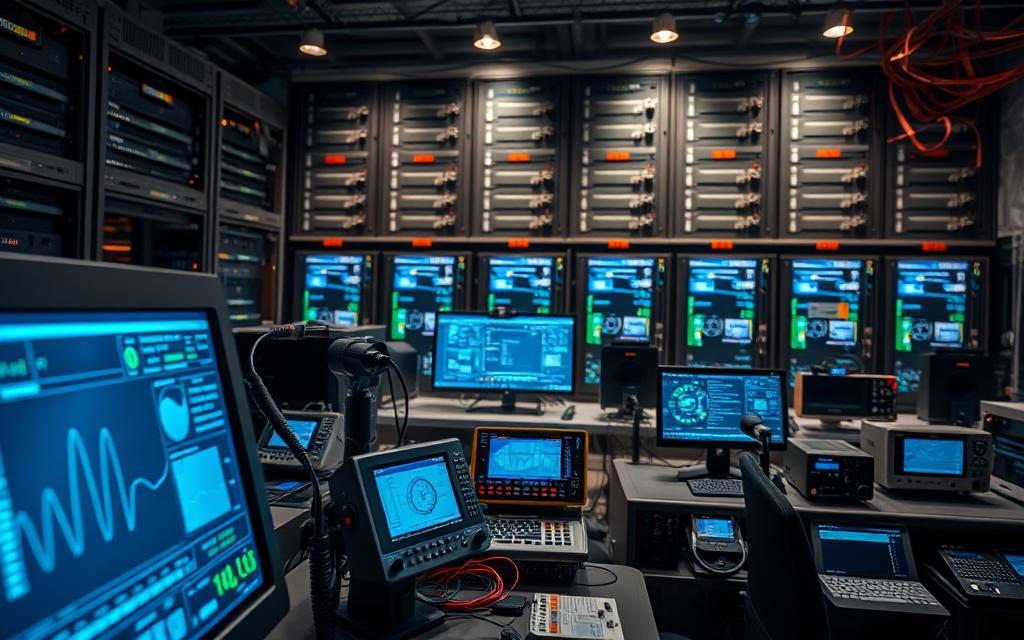
Types of Instrument-Reading Software
Different tasks require tailored solutions. DAWs like Ableton Live excel in music production, processing MIDI inputs with millisecond precision. For scientific research, LabVIEW interfaces seamlessly with microscopes and sensors.
Industrial environments rely on robust systems such as Siemens NX. These platforms monitor machinery vibrations, temperatures, and pressures. Each type caters to unique workflows while maintaining data integrity.
Top Features to Look For
Prioritize tools with real-time visualization, enabling instant feedback during tests or recordings. Cross-platform compatibility ensures flexibility across Windows, macOS, or Linux environments.
- Custom calibration: Adjust settings for specific device models.
- Automated alerts: Flag anomalies without manual checks.
- Metadata integration: Sync with spreadsheets for version tracking.
For example, MATLAB’s scripting capabilities automate repetitive analyses. Such features save hours while reducing human error. The best software adapts to your needs—not the other way around.
How to Read Instruments by Computer Software: A Step-by-Step Guide
Efficient data gathering starts with proper setup and configuration. Modern tools simplify the process, ensuring precise results every time. Follow these steps to maximize accuracy and minimize errors.
Establishing Device Connections
Begin by identifying the correct interface for your equipment. Most devices support standard connections like USB or Ethernet. Check manufacturer specifications for optimal performance.
- Verify driver compatibility before connecting
- Use quality cables to prevent signal interference
- Test connections with basic commands first
Common issues include missing drivers or port conflicts. Always download the latest software from official sources. A stable connection forms the foundation for reliable data.
Optimizing Program Parameters
Proper configuration transforms raw inputs into meaningful information. Start with these critical settings:
| Setting | Purpose | Recommended Value |
|---|---|---|
| Sampling Rate | Data collection frequency | Match instrument capability |
| Threshold Levels | Minimum detectable signal | 5% above noise floor |
| Channel Mapping | Input/output assignment | Follow device documentation |
Create a spreadsheet to track configurations across multiple machines. Include model numbers, firmware versions, and calibration dates. This reference prevents confusion during team collaborations.
Maintaining Measurement Precision
Consistent results require regular maintenance and smart practices. Implement these strategies for long-term reliability:
- Schedule monthly calibration checks
- Store historical data for performance trends
- Enable automatic backups for critical readings
Security measures protect sensitive information. Use encryption for stored data and restrict access to authorized personnel. Proper documentation ensures smooth operations during staff transitions.
Following these guidelines creates a robust system for accurate data collection. The right combination of hardware, software, and procedures delivers professional-grade results.
Conclusion
Automated solutions unlock the full potential of analog devices, turning raw signals into strategic insights. Metadata organization—like version logs and serial keys—keeps operations transparent and traceable.
Hybrid workflows blend automation with manual oversight for optimal accuracy. Spreadsheet systems, as noted in industry reports, streamline large-scale management with real-time updates.
The long-term advantages are clear: scalable processes, regulatory compliance, and lower costs. Evaluate your current setup to identify gaps and opportunities.
Upgrading now ensures future-ready precision.
FAQ
What is instrument-reading software?
Instrument-reading software helps capture, analyze, and display data from devices like multimeters, oscilloscopes, and sensors. It enhances accuracy and simplifies complex measurements.
Which brands offer reliable instrument-reading programs?
Leading brands include Keysight, Fluke, National Instruments (NI), and Tektronix. Their tools support real-time data logging and visualization.
Can I connect any instrument to my computer?
Most modern devices with USB, Bluetooth, or GPIB interfaces are compatible. Check the manufacturer’s specifications for driver and software requirements.
What features should I prioritize in this software?
Look for real-time monitoring, data export options (CSV/Excel), customizable dashboards, and multi-device synchronization for precise analysis.
How do I ensure accurate readings?
Calibrate instruments regularly, minimize electrical interference, and verify software settings match your device’s parameters for optimal performance.



